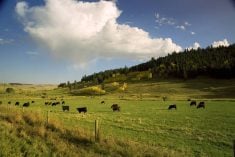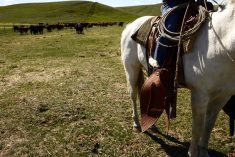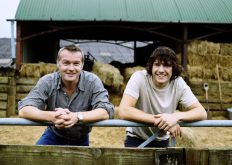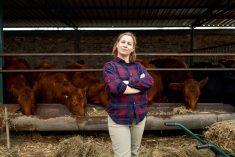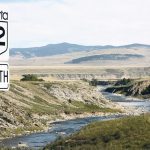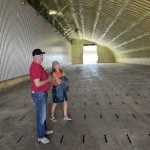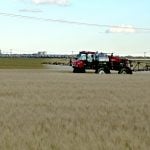I have written about differing perspectives and how two people can experience the same thing and have widely different interpretations. Also, when we leave our home operations, we can shift to another way of seeing things. Recently, we had the opportunity to host visitors from other parts of the world and ask how they see the ag industry in Western Canada; it provided immense learnings.
I like to call this perspective the view from Ireland and New Zealand by way of Australia. Our guests had extensive experience in agriculture in those three countries. They were knowledgeable and insightful.
Read Also
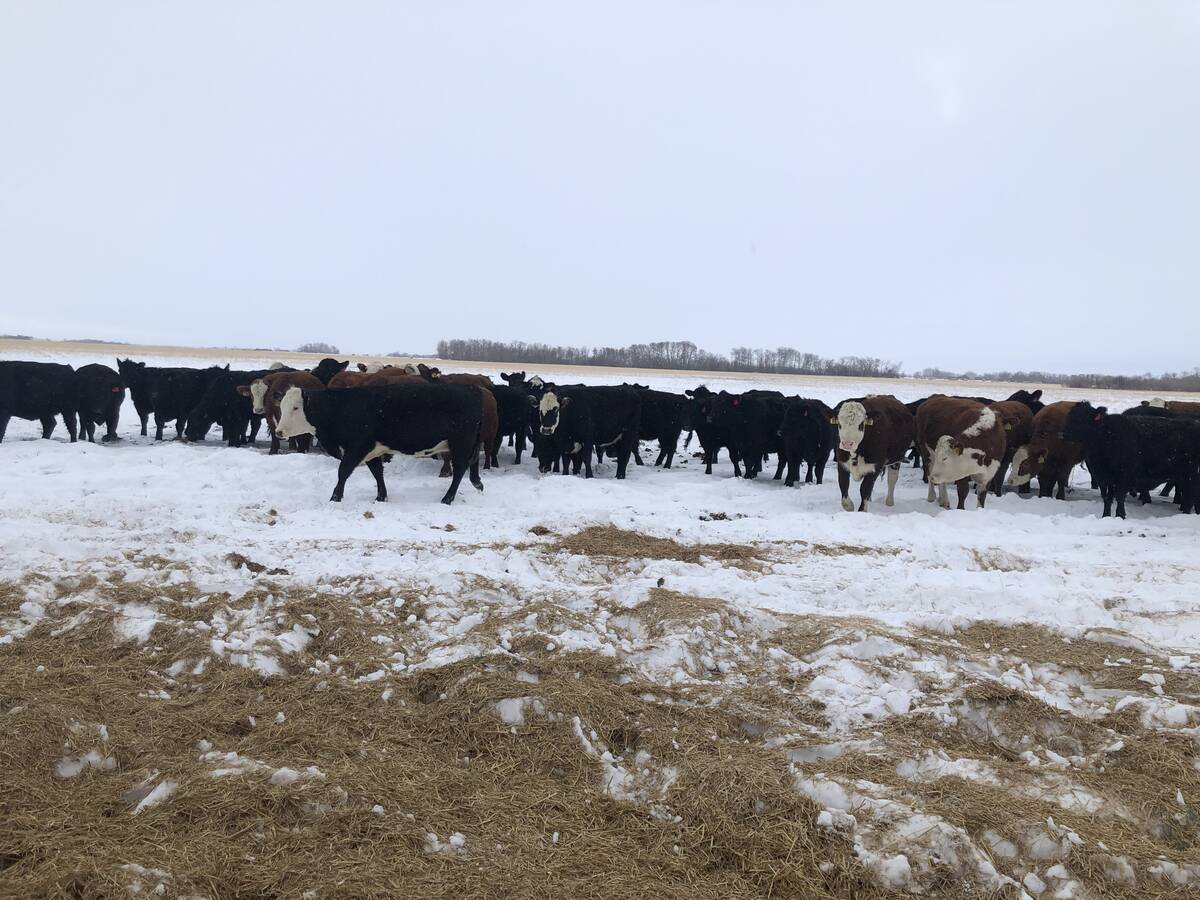
Picking the most efficient cows to rebuild your cow herd
A new cow ranking system to help beef farmers and ranchers pick the most efficient cows as they rebuild their herds.
One of the first things they commented on was the intensity of the short growing season we are dealing with. Also, as they are here in the summer, they admittedly can’t truly understand our winter conditions and recognize how much that influences our practices.
Not only did they see the summer view, but they also witnessed the many challenges we are going through with the extreme dry conditions. Water supply is one of our major hurdles and from their view, investing in more water infrastructure seemed like an obvious solution. After coming through so many years of ample water everywhere, this is not something we considered at first. However, if these drier conditions continue, we will need a more stable and secure water supply for our cell grazing multi-paddock system. These investments are not cheap and need to be built into a longer-term land and infrastructure plan.
Our visitors commented that producers are swimming against similar undercurrents worldwide. The influence of government policies on agriculture producers is felt globally. There seems to be more focused support on cropping everywhere. Along with this is the paradox of needing to feed the ever-growing population while being chastised for practices some deem as not being environmentally friendly. We are all caught between a rock and a hard place, as the saying goes.
Divisiveness in the agriculture industry over the “best” type of management practices, is not unique to our country. The strategies depend on the unique aspects, attributes and values of each operation. Diversity and a mix of enterprises seem to be contributors to success, said the visitors.
Their travels and learnings shed light on the market conditions here. They saw the inclusion of yearling enterprises, but also recognized that at the end of the day, the industry is dependent on the primary production of the cow-calf enterprises. The yearlings must come from somewhere. There is a strong connection between the values of the producer and which segment they choose to operate in. This won’t necessarily match the recommendations of the accountant.
Whether it’s on smaller, more intensive operations or vast cattle stations in the Outback, our visitors know what it’s like to aim for efficiency through genetics, selection pressure or grazing management. They have asked themselves what weaning percentage they should aim for and pondered what percentage of cow weight the weaned calf should be. They’ve thought about whether it’s better to keep cow size smaller and run more animals, or run fewer, larger cows. They’ve considered the role of data collection and record-keeping in the business, as well as the adoption of technology.
Another common thread is the issue of succession and land ownership. The challenges of transitioning the operation to the next generation are felt in many other countries, they told us. In our culture and similar ones, there is a link between stewardship and ownership. The value of the “people” side of things cannot be stressed enough.
Touring our guests around was a great learning opportunity for us. Feeling comfortable and open with people to explore: “Why do you do what you do?” yielded many insights. It allowed us to recognize, in some cases, “That is the way it has always been done,” is not the soundest reason. To some degree, we all do this. Stepping back and examining the operation through a different lens, with other team members, is a valuable exercise and can help us think more strategically.
No matter where you are from or what type of practices you employ, resilience is a key attribute needed by farmers and ranchers, one of our guests commented. And the second necessary attribute is adaptability. These two factors will be an integral part of their operation, as they move to the next stage of their journey.
Watch our video extras!
Find all of our Depth of Field videos in one place at canadiancattlemen.ca/depth-of-field/depth-of-field-extras/


